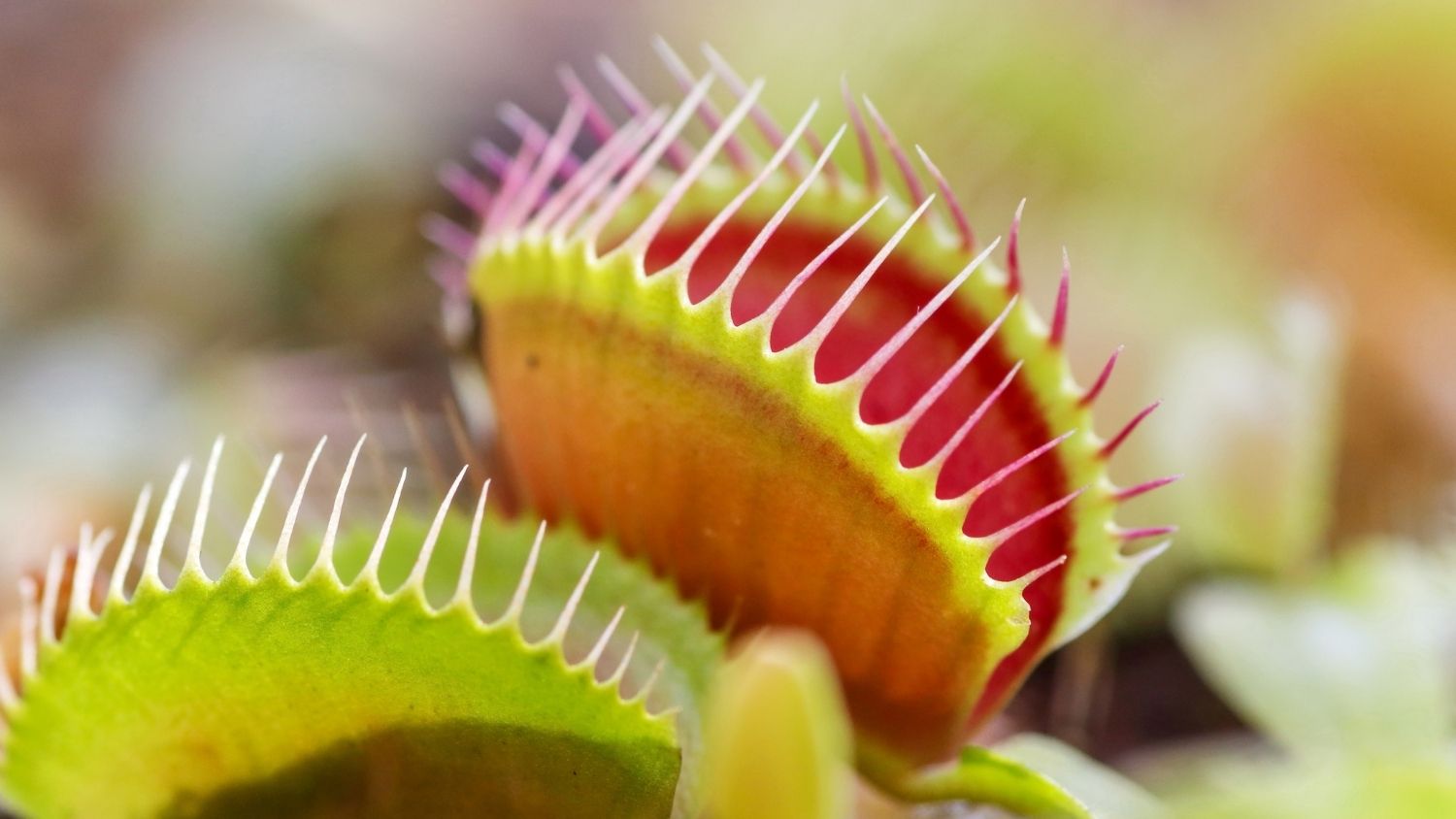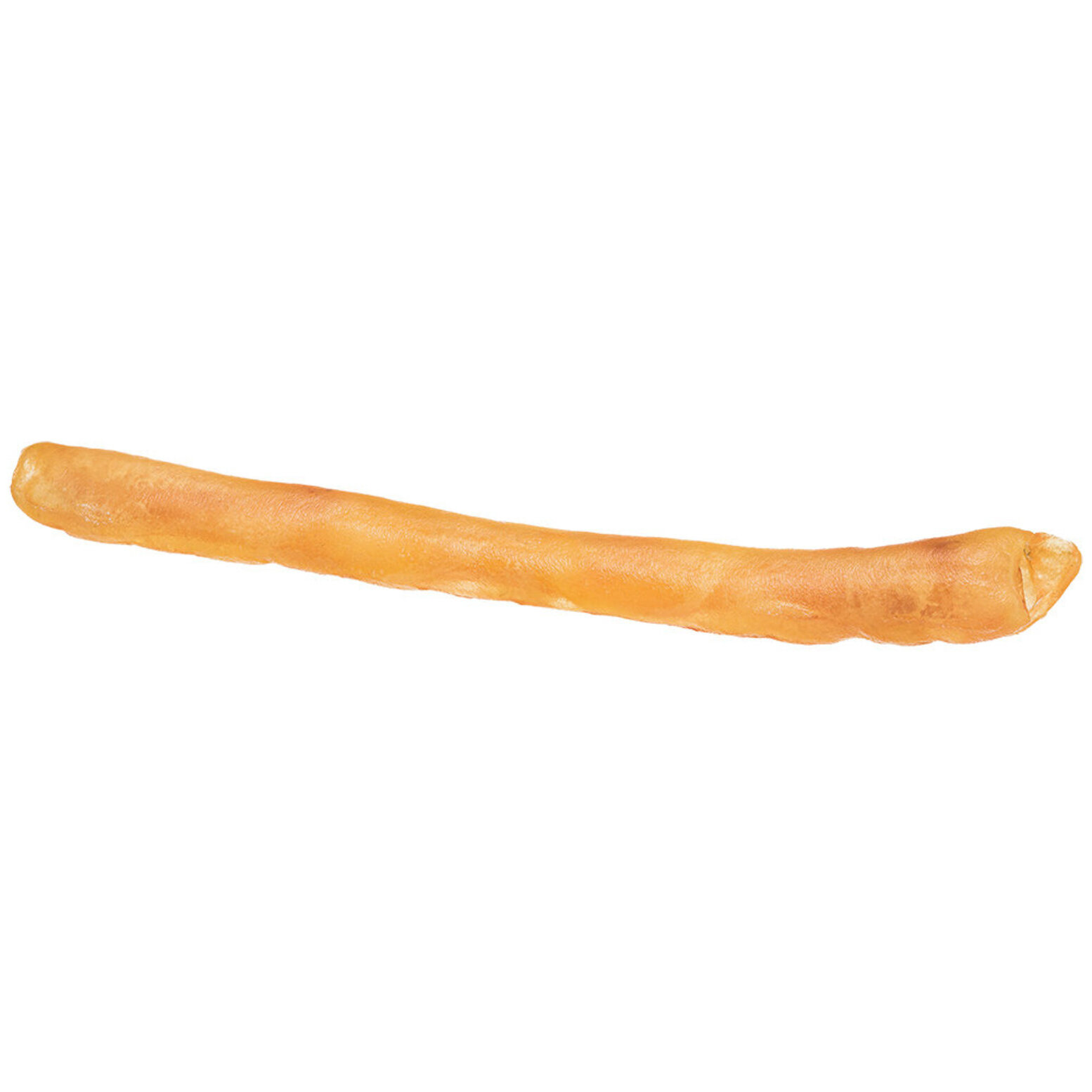
Venus flytraps are fascinating and unique plants that have captured the curiosity of people around the world. These carnivorous plants are renowned for their ability to trap and digest insects, making them a captivating subject of study and admiration. In this article, we'll delve into 15 amazing facts about Venus flytraps, shedding light on their intriguing characteristics, natural habitat, and captivating behaviors. From their distinctive physical features to their specialized hunting mechanism, Venus flytraps are truly a wonder of the plant kingdom. Whether you're a botany enthusiast or simply intrigued by the wonders of nature, these facts will offer a deeper understanding of these extraordinary plants. So, let's embark on a journey to uncover the remarkable world of Venus flytraps and explore the astonishing traits that make them stand out in the realm of flora.
Key Takeaways:
- Venus Flytraps are fascinating carnivorous plants native to the Carolinas, thriving in nutrient-deficient soil and captivating the local ecosystem.
- These remarkable plants can count, have unique diets, and inspire myths, making them popular houseplants and subjects for study worldwide.
Venus Flytraps are Native to the Carolinas
These fascinating carnivorous plants are native to the subtropical wetlands on the East Coast of the United States, primarily in North and South Carolina. They thrive in the nutrient-deficient soil of these regions, making them a unique and captivating feature of the local ecosystem.
Venus Flytraps Possess Trigger Hairs
The Venus Flytrap's leaves feature trigger hairs that, when touched, cause the plant to react by snapping shut. This remarkable adaptation allows the plant to capture insects for nourishment, making it one of the few plants capable of rapid movement.
They Have a Unique Diet
In the wild, Venus Flytraps primarily feed on spiders, ants, beetles, and grasshoppers. The plant's diet of insects supplements its nutrient intake, enabling it to thrive in its nutrient-poor habitat.
Venus Flytraps are Perennial Plants
These remarkable plants are perennials, meaning they can live for many years when provided with the right conditions. With proper care, Venus Flytraps can live for two decades or more, captivating enthusiasts with their unique behaviors and appearance.
Venus Flytraps Can Count
Studies have shown that Venus Flytraps can count the number of times their trigger hairs are touched. After the first touch, the trap remains open, but subsequent touches cause the trap to close, demonstrating the plant's ability to discern and react to stimuli.
They Require Specific Growing Conditions
Venus Flytraps thrive in acidic, nutrient-poor soil and require high humidity and ample sunlight to flourish. These conditions mimic their natural habitat and are essential for the plant's overall health and well-being.
Venus Flytraps Produce Charming Flowers
In the spring, Venus Flytraps produce delicate, white flowers on tall stems. While the flowers are visually appealing, they require a significant amount of the plant's energy to produce, often leading to a temporary reduction in trap size and function.
They Are Popular Houseplants
Due to their unique and captivating nature, Venus Flytraps are popular choices for indoor cultivation. Many enthusiasts enjoy observing the plants' predatory behaviors up close, making them a favorite among plant enthusiasts and nature lovers.
Venus Flytraps are Protected in the Wild
In their natural habitat, Venus Flytraps are considered a vulnerable species and are protected by conservation efforts. Poaching and habitat destruction have threatened their populations, prompting initiatives to safeguard these remarkable plants.
They Have Inspired Folklore and Myths
The distinctive appearance and predatory nature of Venus Flytraps have inspired numerous myths and legends. These captivating plants have been featured in folklore, literature, and popular culture, adding to their mystique and allure.
Venus Flytraps Are Cultivated Worldwide
Beyond their native habitat, Venus Flytraps are cultivated and admired by plant enthusiasts around the globe. Their unique characteristics and captivating behaviors make them a sought-after addition to botanical collections and gardens.
They Have Medicinal Properties
Some traditional cultures have utilized Venus Flytraps for their potential medicinal properties. While further research is needed, these plants have shown promise in certain applications, sparking interest in their potential health benefits.
Venus Flytraps Can Enter Dormancy
During the winter months, Venus Flytraps enter a period of dormancy, during which they require reduced light and cooler temperatures. This natural process allows the plant to conserve energy and prepare for the upcoming growing season.
They Are Fascinating Subjects for Study
Venus Flytraps have captured the interest of botanists, researchers, and educators due to their unique characteristics and behaviors. Their ability to capture prey and thrive in challenging environments makes them valuable subjects for scientific inquiry and botanical study.
Venus Flytraps Are a Testament to Nature's Diversity
The existence of Venus Flytraps serves as a testament to the remarkable diversity of the natural world. Their ability to thrive in nutrient-poor environments and capture prey showcases the ingenuity of nature's designs, captivating and inspiring all who encounter them.
Venus Flytraps are truly remarkable plants, captivating enthusiasts and researchers alike with their unique behaviors and adaptations. From their native habitat in the Carolinas to their global cultivation, these captivating plants continue to inspire awe and wonder, serving as a testament to the remarkable diversity of the natural world.
Conclusion
In conclusion, Venus flytraps are truly fascinating and unique plants that have captivated the curiosity of nature enthusiasts and scientists alike. From their iconic carnivorous nature to their remarkable adaptation to nutrient-poor environments, these plants showcase the ingenuity of natural selection. The intricate mechanisms behind their trapping process and the intriguing ways they communicate with their environment make them a subject of endless wonder. As we continue to explore and appreciate the wonders of the natural world, Venus flytraps stand as a testament to the extraordinary diversity of life on our planet.
FAQs
Are Venus flytraps difficult to care for?
Venus flytraps require specific care to thrive, including a nutrient-poor soil mix, distilled water, and ample sunlight. However, with proper research and attention to their needs, they can be rewarding plants to cultivate.
Can Venus flytraps eat human food?
Venus flytraps are adapted to capturing small insects and arachnids as their primary source of nutrients. Feeding them human food can be harmful and disrupt their delicate digestive systems, potentially leading to health issues for the plant. It's best to stick to their natural diet of live insects.
Venus flytraps are truly remarkable plants, but there's still so much more to learn about these captivating carnivores. Unearth even more mind-boggling Venus flytrap facts that will leave you in awe of these unique plants. Explore the world of carnivorous plants and discover why Venus flytraps are just the tip of the iceberg when it comes to fascinating flora. Mark your calendars for World Carnivorous Plant Day on May 1st and celebrate the incredible diversity of these meat-eating marvels. Get ready to be amazed by the wonders of Venus flytraps and other carnivorous plants!
Was this page helpful?
Our commitment to delivering trustworthy and engaging content is at the heart of what we do. Each fact on our site is contributed by real users like you, bringing a wealth of diverse insights and information. To ensure the highest standards of accuracy and reliability, our dedicated editors meticulously review each submission. This process guarantees that the facts we share are not only fascinating but also credible. Trust in our commitment to quality and authenticity as you explore and learn with us.


